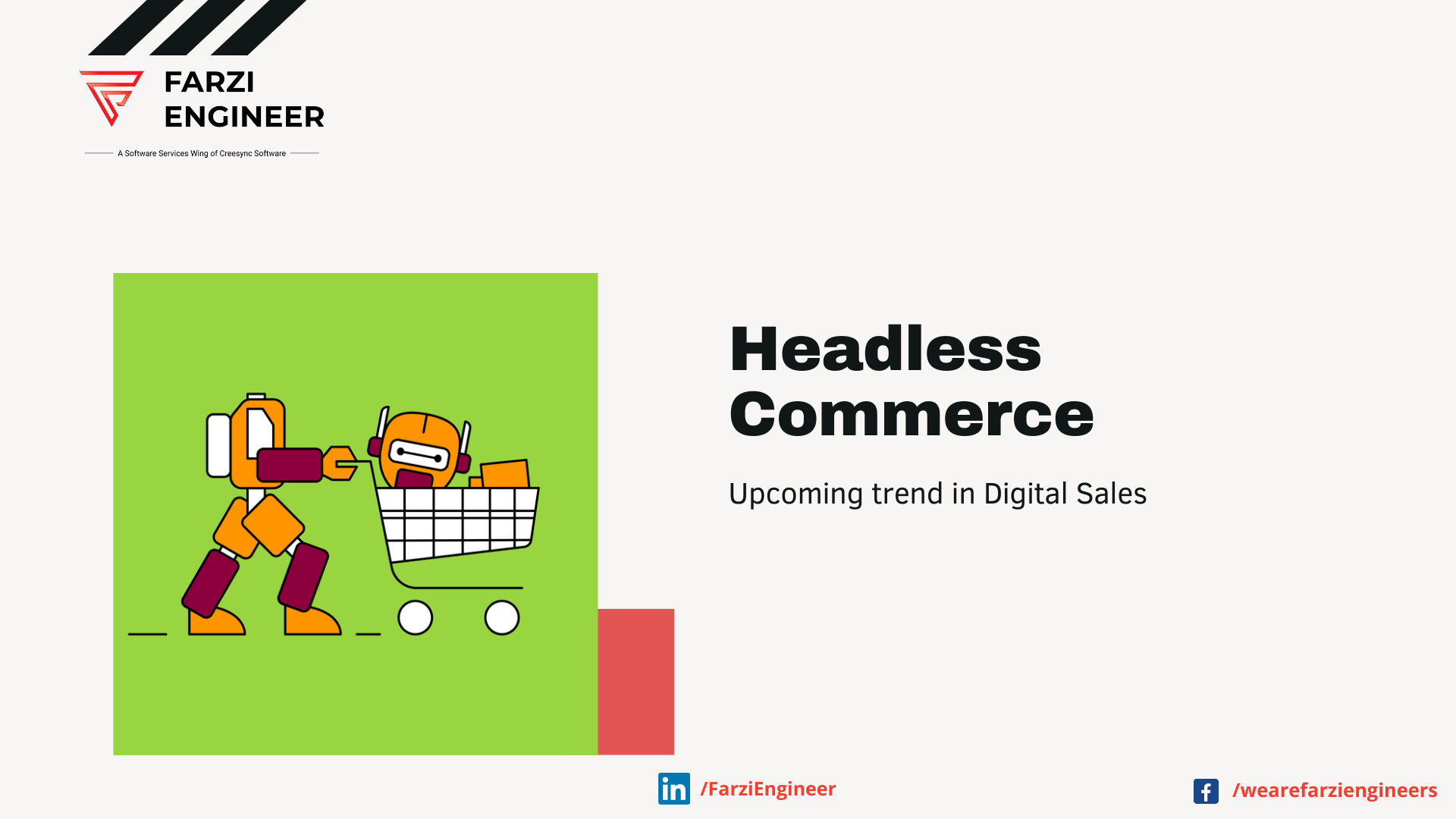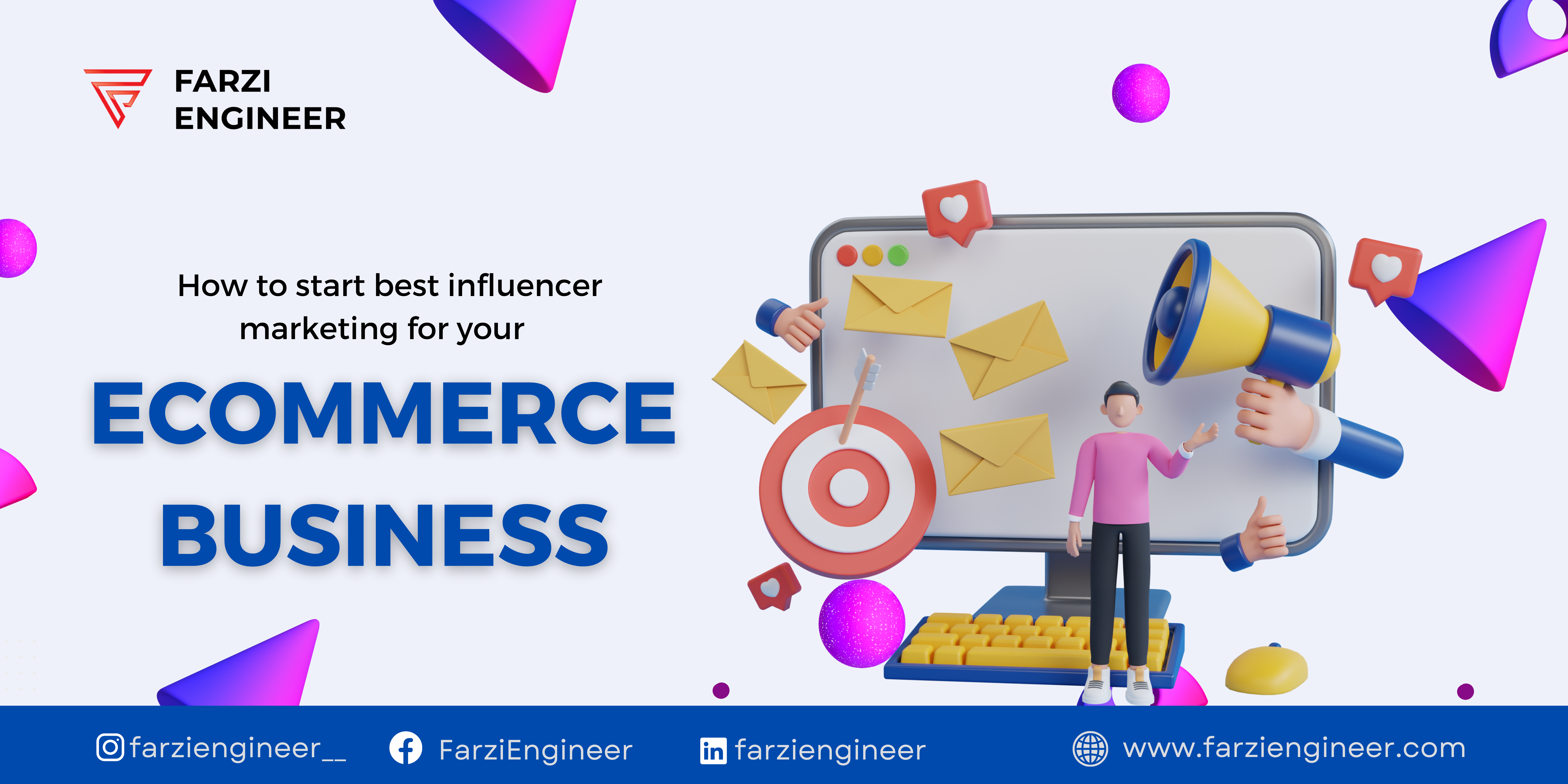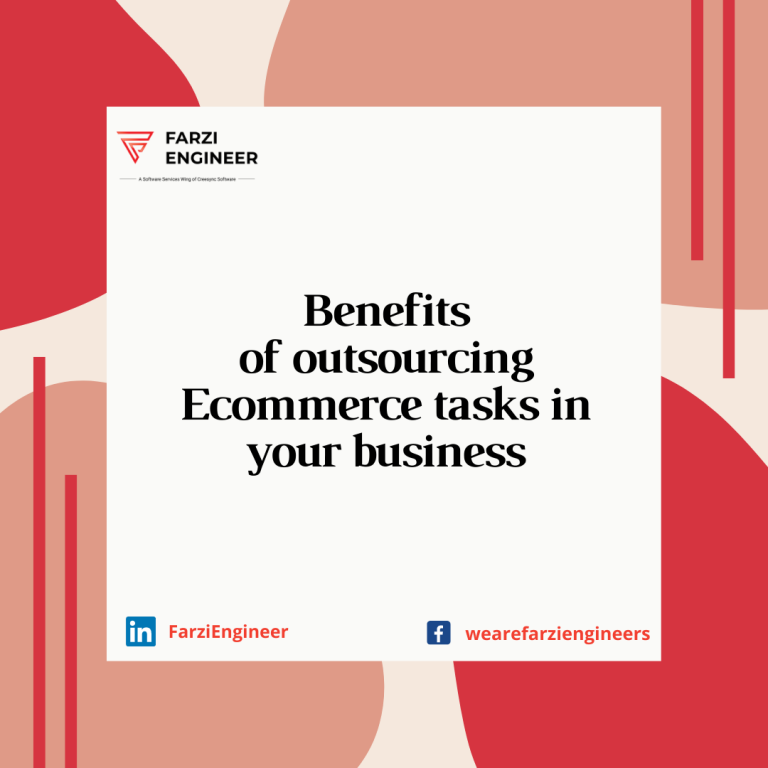People are constantly changing their ways of shopping online, and getting to know your customer is becoming a hard nut to crack. Shoppers are looking for on-the-spot purchases and instant satisfaction, irrespective of the channel or device they happen to be on.
Until now, to keep pace with this changing landscape the main advice was to adopt omnichannel marketing. But how does a move that sounds so appealing in theory, apply in practice?
The answer to this question lies in headless commerce.
What is Headless Commerce?
The buzzword for a new approach to trade, especially ecommerce, headless commerce is a strategy that’s meant to enable businesses to be competitive and to be able to respond more quickly to new user demands, since it allows them to find sales opportunities on all devices and platforms.
Headless commerce is based on an architecture in which front end and back end work independently. The system for sending content and product information consists of using an API that can be connected to any channel, such as mobile apps, smartwatches, voice assistants, or digital kiosk screens. This means there’s no longer a ‘master’ front end.
The focus of headless commerce, therefore, is to amalgamate all the shopping experiences, to facilitate the testing and changing of content, and create an ecosystem where it’s easier and faster to adopt fresh innovations.
Differences between traditional and headless commerce
1. Development
- Traditional: A design that’s rigid, since you can only use the front end if it’s linked to a back end.
- Headless: A free, flexible design, based on API calls.
2. Customization
- Traditional: A predetermined experience
- Headless: An experience that’s easier to adapt to each user, application and screen
3. Flexibility
- Traditional: Changes to the front end and back end always go hand in hand.
- Headless: Changes to the front end are independent of the back end.
Benefits of adopting headless commerce
Competitiveness
Headless commerce allows you to adapt more quickly to market and consumer demands, creating shopping experiences that are faster as well as better suited to different situations.
Consistency
User experience is strengthened across all the channels being used. You can customize content on the web, apps and social networks and ensure that your data is equally consistent everywhere.
Customization
It’s much more user-friendly for customizing experiences to each platform, device or customer. This will improve the evaluation of the shopping experience and the perception of the brand, which will gain much more personality than if a single design is used.
Optimization
Headless commerce makes it easier to carry out A/B tests, since you can vary the front end without having to alter the entire back end. Like this you can more quickly get results to show which designs and UX work best, and apply any changes with minimal delay.
Agility
As the pace of making tests and changes increases, the time-to-market is reduced and you can make product launches, promotions or seasonal changes more quickly.
The challenges of headless commerce
It’s never quite a bed of roses, even for a system that seems to bring only benefits.
The implementation of headless commerce is a challenge for any company, and implies some disadvantages that should be considered:
- You’ll need a lot more resources: Since it involves a backend-based structure that lacks a single front end, it’s vital you have a good team of developers to create and maintain each new channel.
- It’s costly: Both for time spent in development and implementation and for your team.
- There are no previews: Since there’s no central front end template, you won’t be able to see what each new design and change is like before implementing it. This can make it difficult for the marketing team, who will depend on the work of IT and won’t have any platform from which to make and preview changes or designs on different devices directly.
It’s worth investing in headless commerce if you want to build a stronger omnichannel network, if you already have a CMS that you can use as an operational base, if you sell on many channels, and if you’d like to reduce the resources allocated to products and content while organizing all of these from a single place.
Taking this leap to a headless experience is much easier if your company has already taken some steps towards digitization. Starting with the help of a PIM system can make it less traumatic for your business and will establish the centralized organization of your data that’s so essential for today’s brands and retailers.
Try Sales Layer’s PIM free for 30 days or watch a guided demo — and avoid losing your head over all the data and new channels you’ll need in order to convert your business strategy from traditional to spectacular.





